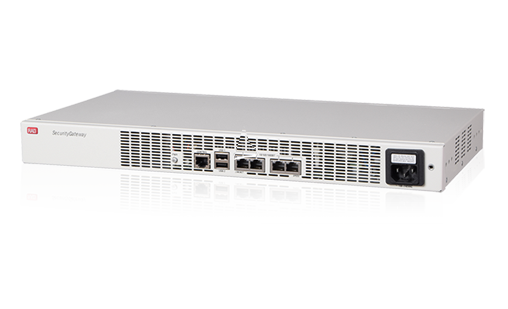Easily deploy and manage IoT services with edge computing for real-time asset monitoring, enabling user-tailored applications, secure connectivity, and seamless communication over any network.
SecurityGateway is a VPN aggregator, firewall appliance, and a router, providing a small form-factor yet powerful and cost-effective solution for aggregating traffic from multiple remote IIoT sites.

Product Highlights
VPN and routing capabilities
With firewall, client certificate and LDAP connectivity
By the RADview system
Form factor
Functionality
Solution for secure aggregation of IoT and VPN traffic
SecurityGateway Use Cases
 Asset Management with Edge Computing
Asset Management with Edge Computing
Asset Management with Edge Computing
 IoT Gateway for Private 4G/5G Networks
IoT Gateway for Private 4G/5G Networks
IoT Gateway for Private 4G/5G Networks
Reliable IoT connectivity in enterprise campuses
 Oil and Gas Communications
Oil and Gas Communications
Oil and Gas Communications
Comprehensive and secure communications for SCADA, and new generation IoT sensors and devices, enabling seamless automation for oil and gas utilities
 Smart Grid and Substation Automation
Smart Grid and Substation Automation
Smart Substation and Grid Automation
Smart Grid and IoT solutions for DSOs, ensuring secure networking for secondary substations, metering and automation network integration
From Our Blog
SecurityGateway Aggregator and Router




